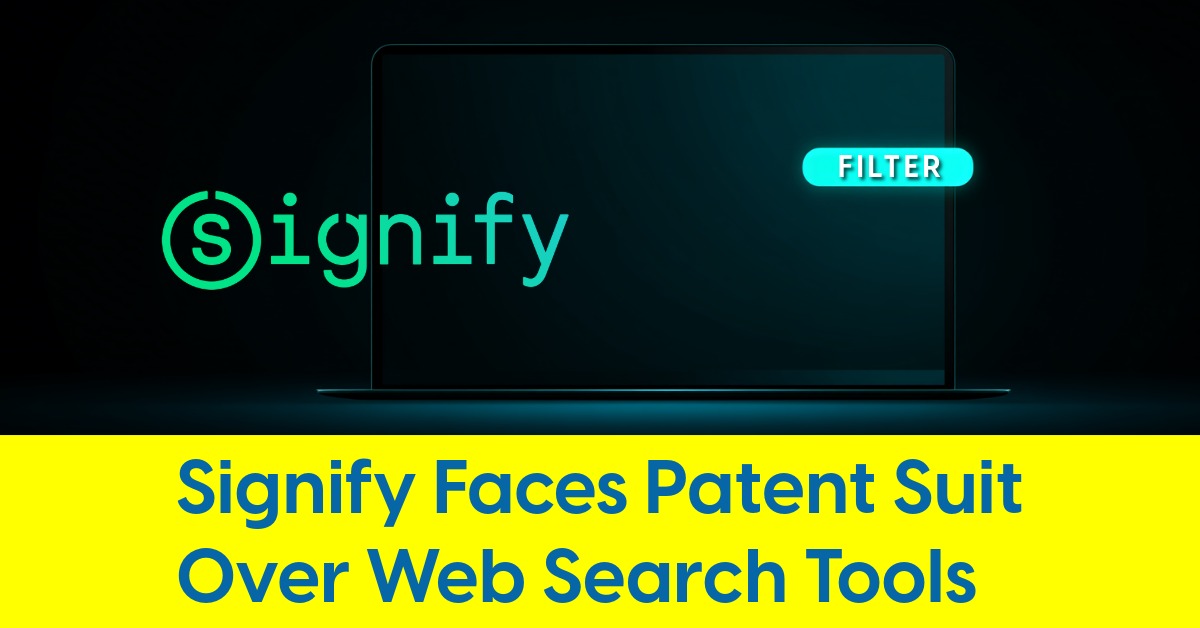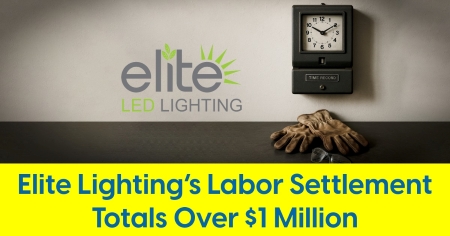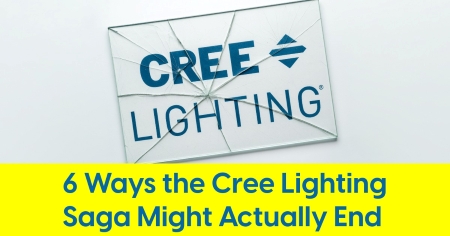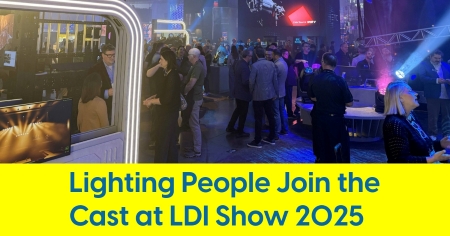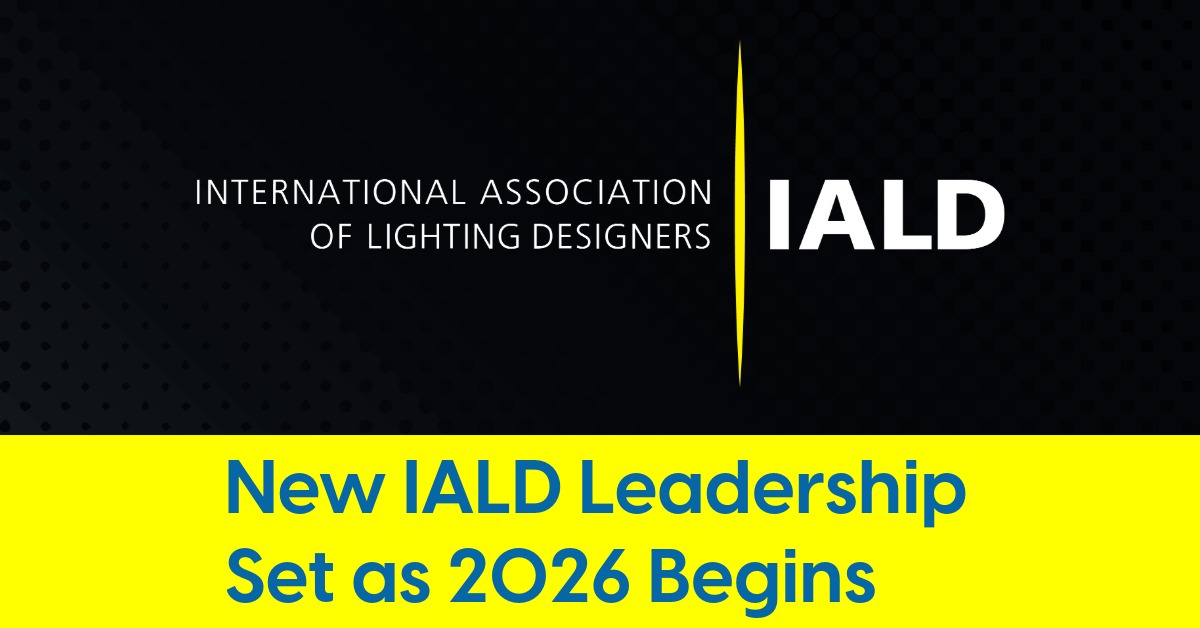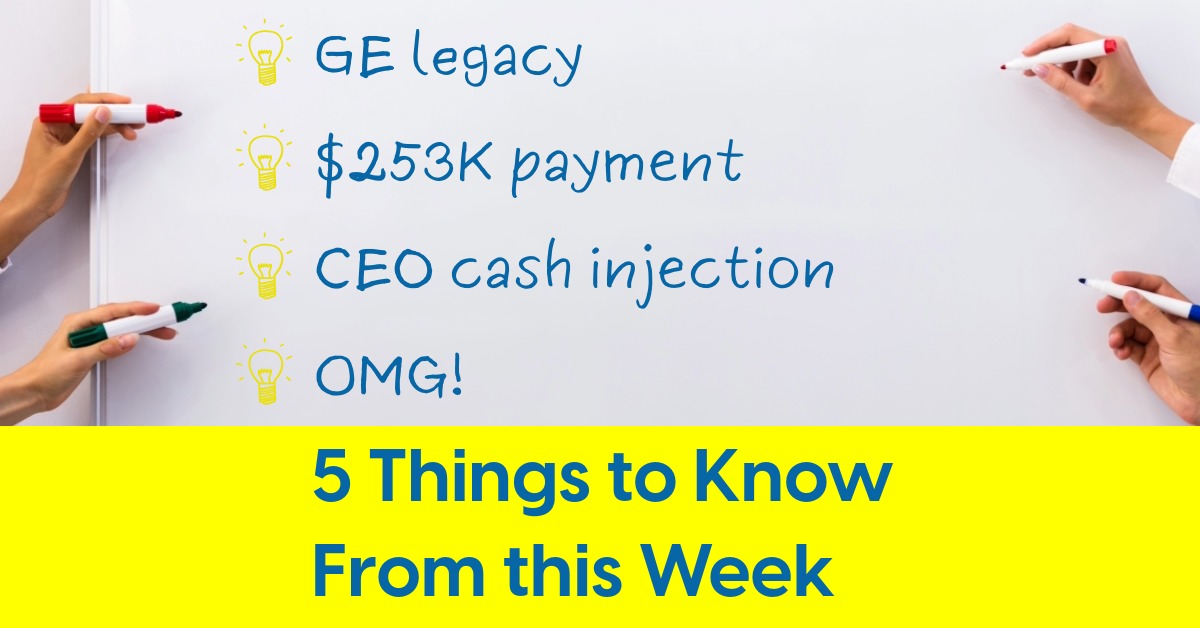November 24, 2025
Nanoleaf Settles With Signify in IP Dispute
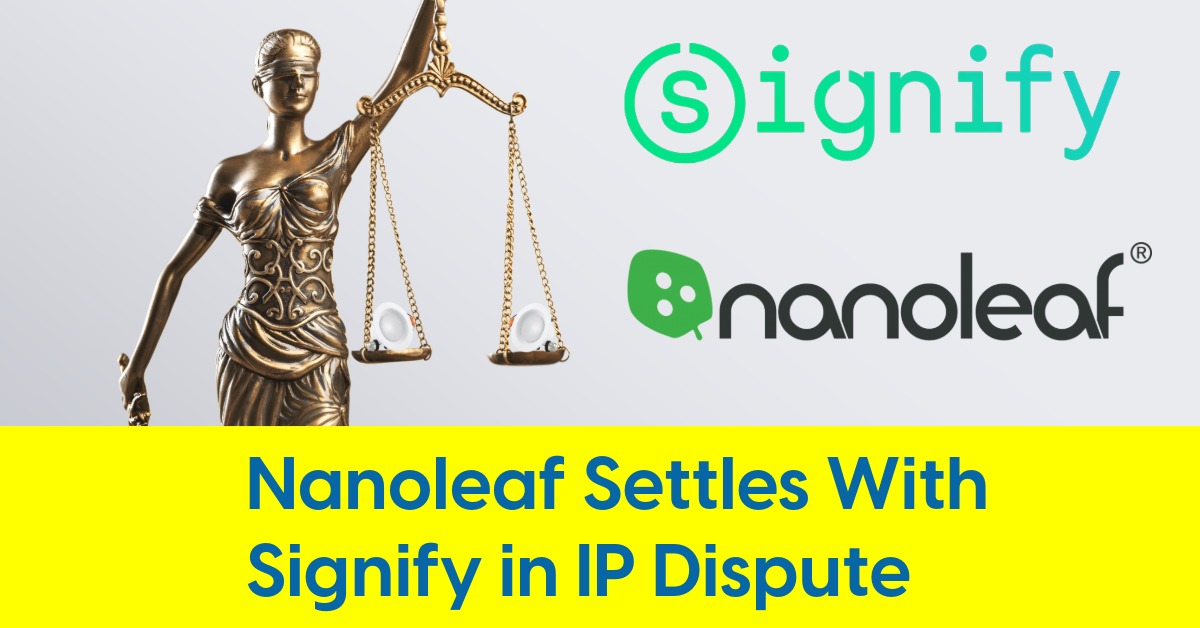
Nanoleaf’s second patent settlement in 2 months, as Signify tweaks strategy
On November 24, the seven month long patent litigation between Signify and Nanoleaf ended not with a bang, but a brief court filing. The Joint Stipulation of Dismissal in the Southern District of New York terminated all claims and counterclaims with no ruling, no damages, and no public disclosure of terms. To the untrained eye, this might seem like another garden-variety IP dispute fading quietly. But that reading misses the nuance — and the stakes.
This isn’t just another tick mark in Signify’s aggressive EnabLED enforcement campaign. It reflects a deeper evolution in how the world’s largest lighting company chooses its legal battles, tailors its tactics, and pressures rivals into quiet settlements, all while reshaping the legal landscape of connected lighting.
One Playbook, Many Plays
Signify’s enforcement strategy has long followed a familiar rhythm: assert foundational patents, allege willful infringement based on years of warning letters, and push toward settlement under the weight of litigation. But in recent cases — Nanoleaf included — there’s been a pivot.
According to patent litigator David Radulescu, who tracks LED IP trends closely, Signify is increasingly asserting never-before-litigated patents tailored to the specific products of each defendant. In the Nanoleaf case, Radulescu states that three of the six patents were newly introduced to litigation, including the ’726 patent for color-mixing LED arrays and the ’730 patent covering multi-waveguide edge-lit structures. This pivot toward novelty makes it harder for defendants to coordinate defenses or rely on prior art battles from previous cases. Each suit becomes its own maze.
At a macro level, this strategy fractures the "defense industrial complex," isolating targets and shortening the path to confidential resolution. At the micro level, it creates unique challenges for each defendant, forcing a decision: litigate unfamiliar patents or settle early.
Nanoleaf’s Unique Posture
What makes the Nanoleaf case stand out isn't just the settlement — it’s how Signify framed its willfulness claim. This wasn’t about an unlicensed manufacturer flying under the radar. Nanoleaf was once a licensee. From 2017 to 2019, it paid royalties to use select Philips/Signify patents. But when the agreement lapsed and wasn’t renewed, Signify began sending warning letters. Five in total, capped by an in-person meeting in Toronto in May 2024 where, according to the complaint, Signify’s team handed Nanoleaf a slide deck detailing alleged infringements.
That history elevated the stakes. Signify labeled the situation an “egregious case of willful infringement” and sought injunctive relief, enhanced damages, and attorney’s fees. Nanoleaf denied all claims and challenged venue, but it had more than one fire to put out.
What no other trade publication reported: Nanoleaf had already settled a different patent suit — filed by Lime Green Lighting — just two months earlier, in September. That case also ended quietly, but under different terms: with prejudice for the plaintiff’s claims, suggesting a firmer resolution on those disputed patents.
Taken together, the parallel lawsuits likely shaped Nanoleaf’s litigation calculus. Multiple simultaneous patent fights, each targeting different product lines, create compounded risk — especially for a design-centric brand navigating U.S. retail expansion.
No Verdict, But Not No Impact
The November 24 dismissal includes no admission of liability, no damages award, and no injunction. But industry veterans know how to read between the lines. When a patent case settles this way — with no court ruling, yet with both sides walking away from claims — the market usually infers one thing: a private licensing deal.
This fits Signify’s playbook. The company has used litigation as leverage to expand its EnabLED Licensing Program, which boasts over 1,600 global licensees and covers more than 5,000 patents. Nearly every one of the 12+ cases filed since 2022 has settled — typically without public disclosure. The only case that ever reached a full verdict? The 2019 ITC loss against Lowe’s and Satco.
If the Nanoleaf case resolved like the others, it likely ends with Nanoleaf quietly rejoining the licensing fold — just without confirming it to the press.
Reading the Patent Tea Leaves
The table of asserted patents paints a clear picture: Signify remains focused on core technologies — RF antennas, configurable LED arrays, interconnectable modules — but is increasingly willing to assert previously untouched IP. Nanoleaf’s case pulled in six patents, including three never used before in litigation. Compare that to the Keystone or ETI cases, where each defendant also faced a unique patent mix tailored to their products.
This customization reflects more than legal strategy — it reveals how Signify is mapping its portfolio to market players, deploying targeted patents like precision weapons.
The Broader Message to Industry
Signify’s enforcement strategy is in transition, but not retreat. The invalidation of key claims in its heavily-used ’336 patent this past August has reduced the effectiveness of its once-reliable go-to IP. But the shift toward one-off assertions may prove even more destabilizing for unlicensed companies. It keeps potential defendants guessing and raises the cost of coordinated defense.
For Nanoleaf, this outcome likely secures continued sales of flagship products like Skylight and Canvas — albeit under undisclosed terms. For Signify, it reaffirms the utility of litigation not to win judgments, but to win royalties.
The real signal sent to the market isn’t in the docket. It’s in the silence that follows.


